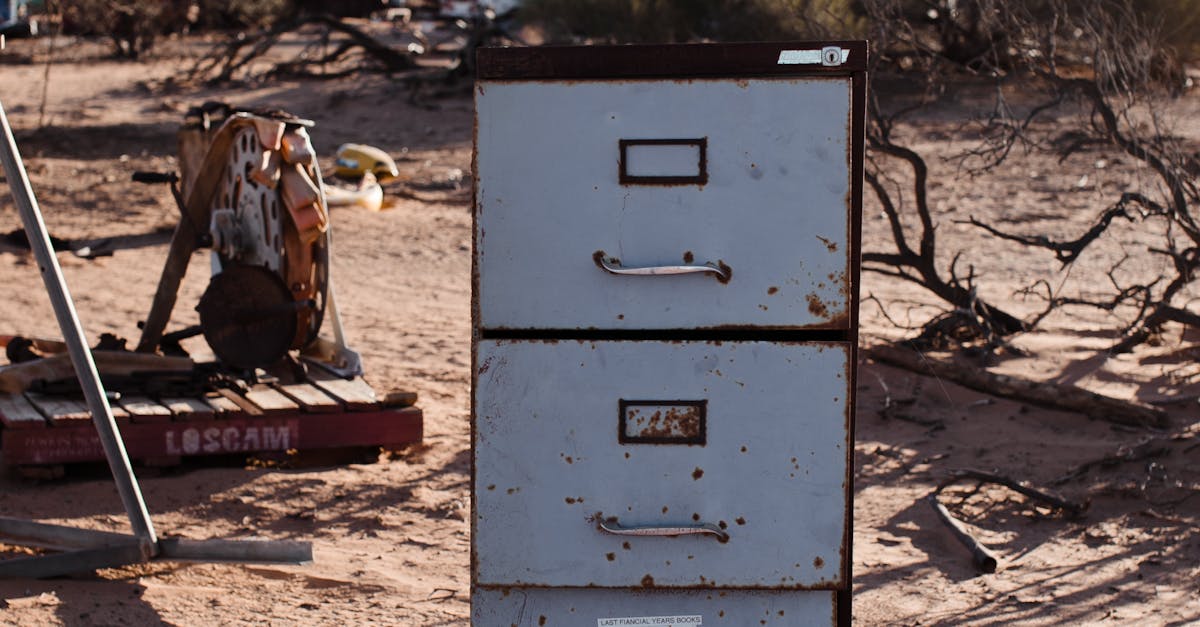
Transportation Land Use
Transportation land use involves the planning and development of infrastructures such as highways, roads, and public transportation systems within urban and rural areas. Highways and roads play a critical role in facilitating the movement of people and goods between different locations. They are essential for connecting communities, supporting economic activities, and enhancing accessibility. Efficient transportation land use can reduce congestion, improve traffic flow, and promote sustainable development in various regions. Assisting with zoning and land use issues in Austin, Texas, transportation land use aims to enhance connectivity, enhance mobility, and ensure safe and efficient transportation systems for residents and visitors.
Furthermore, transportation land use encompasses the design and maintenance of transportation infrastructures that help in reducing carbon emissions, improving air quality, and promoting environmental sustainability. By incorporating elements such as bike lanes, pedestrian walkways, and green spaces along transportation corridors, cities can create more vibrant and eco-friendly urban environments. Public transportation systems also fall under transportation land use, providing an alternative to private vehicles and reducing the overall carbon footprint of a community. Assisting with zoning and land use issues in Austin, Texas, transportation land use endeavors to create integrated and sustainable transportation networks that benefit both present and future generations.
Highways and Roads
Highways and roads play a crucial role in shaping land use and development patterns in Texas. The state's extensive network of roadways not only provides vital transportation routes but also influences the utilization of land surrounding these infrastructure corridors. Highways and roads determine the accessibility and connectivity of different areas, influencing where commercial, residential, and industrial developments are most likely to occur. Assisting with zoning and land use issues in Texas, the placement and design of highways and roads impact property values, land use regulations, and the overall character of communities along these transportation routes.
In Texas, highways and roads are not solely functional but also serve as significant elements in the state's landscape and urban design. The aesthetic appeal and design of roads can impact the visual quality of an area and contribute to the overall livability of communities. Additionally, highways and roads can act as barriers, separating neighborhoods and influencing the development of different land uses on either side. Recognizing the integral role that highways and roads play in land use planning, it is essential for policymakers and urban planners to consider the long-term implications of transportation infrastructure decisions on the development and growth of communities in Texas.
Conservation Land Use
Conservation land use involves the preservation and protection of natural resources and wildlife habitats. One common example is the establishment of nature reserves, which are designated areas that aim to safeguard biodiversity and allow ecosystems to thrive undisturbed. Nature reserves often provide a sanctuary for endangered species and serve as crucial spaces for research and environmental education. Additionally, these areas can offer recreational opportunities for the public, allowing them to connect with nature and appreciate its beauty.
Assisting with zoning and land use issues Texas is an integral part of conservation land use practices. By implementing regulations that control development and maintain green spaces, communities can ensure that their natural landscapes are preserved for future generations. Through initiatives like nature reserves and other conservation efforts, Texas can protect its unique ecosystems and ensure the sustainability of its environment. Ultimately, the focus on conservation land use serves to balance human needs with the importance of preserving the environment.
Nature Reserves
Nature reserves are designated areas of land set aside for the conservation of plants, animals, and ecosystems. These spaces play a crucial role in protecting biodiversity and preserving natural habitats. Nature reserves can range in size from small parcels of land to vast expanses, each carefully chosen to safeguard specific species or ecosystems from human interference. In the United States, the establishment of nature reserves is often a collaborative effort involving government agencies, conservation organizations, and local communities. Assisting with zoning and land use issues, nature reserves help maintain ecological balance and provide opportunities for research, education, and recreation.
In Texas, nature reserves serve as vital refuges for a multitude of unique plant and animal species, many of which are endemic to the region. These protected areas not only contribute to the overall health and resilience of the local environment but also offer essential benefits to nearby communities. Nature reserves provide opportunities for outdoor recreation, environmental education, and scientific research, fostering a deeper appreciation for the natural world. Whether acting as buffer zones against urban development or as havens for endangered species, nature reserves play a crucial role in preserving the ecological integrity of Texas's diverse landscapes.
Educational Land Use
Educational land use encompasses a variety of facilities dedicated to fostering learning and development within a community. School campuses play a central role in this category, offering spaces for students to engage in academic pursuits, extracurricular activities, and social interactions. These institutions serve as hubs of education, where future generations are nurtured and equipped with the knowledge and skills necessary for success in their endeavors.
Assisting with zoning and land use issues Austin, Texas, educational land use initiatives often involve collaboration between educational institutions, local governments, and community stakeholders. By strategically planning the location and design of school campuses, policymakers aim to optimize accessibility, safety, and functionality. Educational land use not only impacts the physical landscape of a region but also contributes significantly to the intellectual and social growth of its residents.
School Campuses
School campuses are significant examples of educational land use. These institutions play a crucial role in providing quality education to students of all ages. School campuses are designed to accommodate classrooms, administrative offices, recreational areas, and other facilities necessary for the proper functioning of educational programs. As hubs of learning and growth, school campuses strive to create a conducive environment for both students and educators to thrive.
Assisting with zoning and land use issues in Austin, Texas, school campuses must adhere to specific regulations and guidelines to ensure their effective operation within the community. Factors such as safety, accessibility, and environmental impact are carefully considered when planning and developing school campuses. Moreover, these institutions often serve as focal points for community activities and events, further solidifying their importance within the regional landscape.
FAQS
What is land use?
Land use refers to the way in which land is utilized or developed by humans for various purposes such as residential, commercial, agricultural, recreational, or conservation activities.
What are some examples of transportation land use?
Transportation land use includes the development of highways, roads, railways, airports, and other infrastructure for the purpose of facilitating the movement of people and goods.
Can you provide an example of highways and roads as a form of land use?
Highways and roads are a common example of transportation land use, as they are designed and constructed to provide routes for vehicular traffic between different locations.
What is conservation land use?
Conservation land use involves the protection and preservation of natural areas and ecosystems to maintain biodiversity, prevent habitat destruction, and safeguard environmental resources for future generations.
Can you give an example of nature reserves as a form of conservation land use?
Nature reserves, such as national parks, wildlife sanctuaries, and marine protected areas, are examples of conservation land use where natural habitats and species are protected from human disturbance and exploitation.
What is educational land use?
Educational land use encompasses the development of facilities such as schools, colleges, universities, and research institutions to support learning, knowledge dissemination, and academic activities.
Can you provide an example of school campuses as a type of educational land use?
School campuses are a specific example of educational land use, where buildings, classrooms, sports facilities, and green spaces are designed to create conducive environments for teaching, learning, and student activities.




